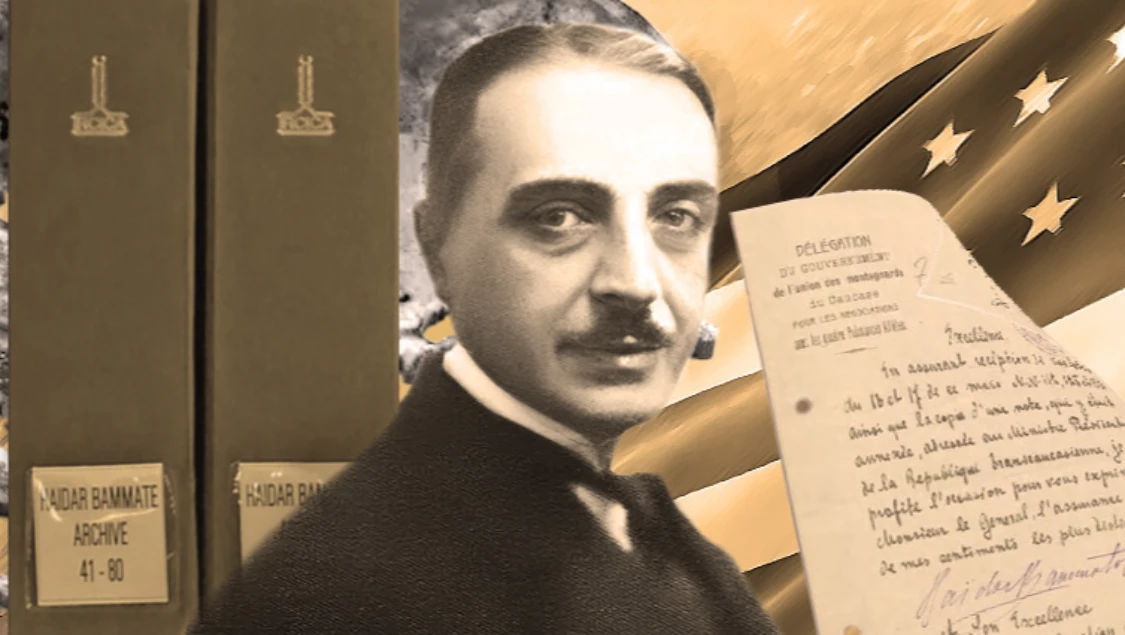 On the 59th anniversary of his death, we once again commemorate one of the great values raised by the North Caucasus, Haydar Bammat, a statesman, politician, lawyer, and philosopher, with mercy, gratitude, and yearning.
On the 59th anniversary of his death, we once again commemorate one of the great values raised by the North Caucasus, Haydar Bammat, a statesman, politician, lawyer, and philosopher, with mercy, gratitude, and yearning.This year Our commemoration of Haydar Bammat has become much more meaningful as his private archive, which he preserved like a treasure throughout his life, will become accessible to researchers of Caucasian history.
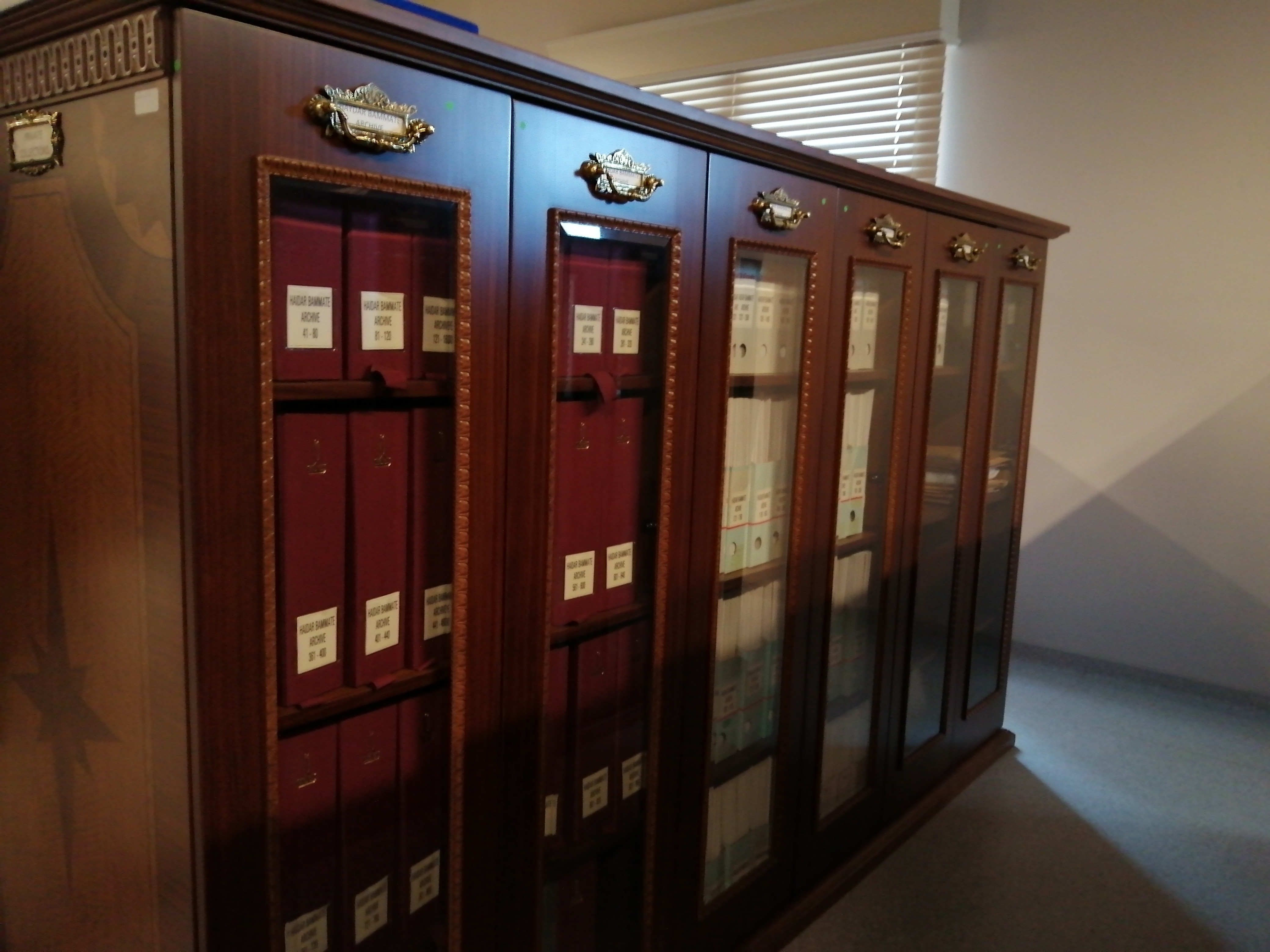
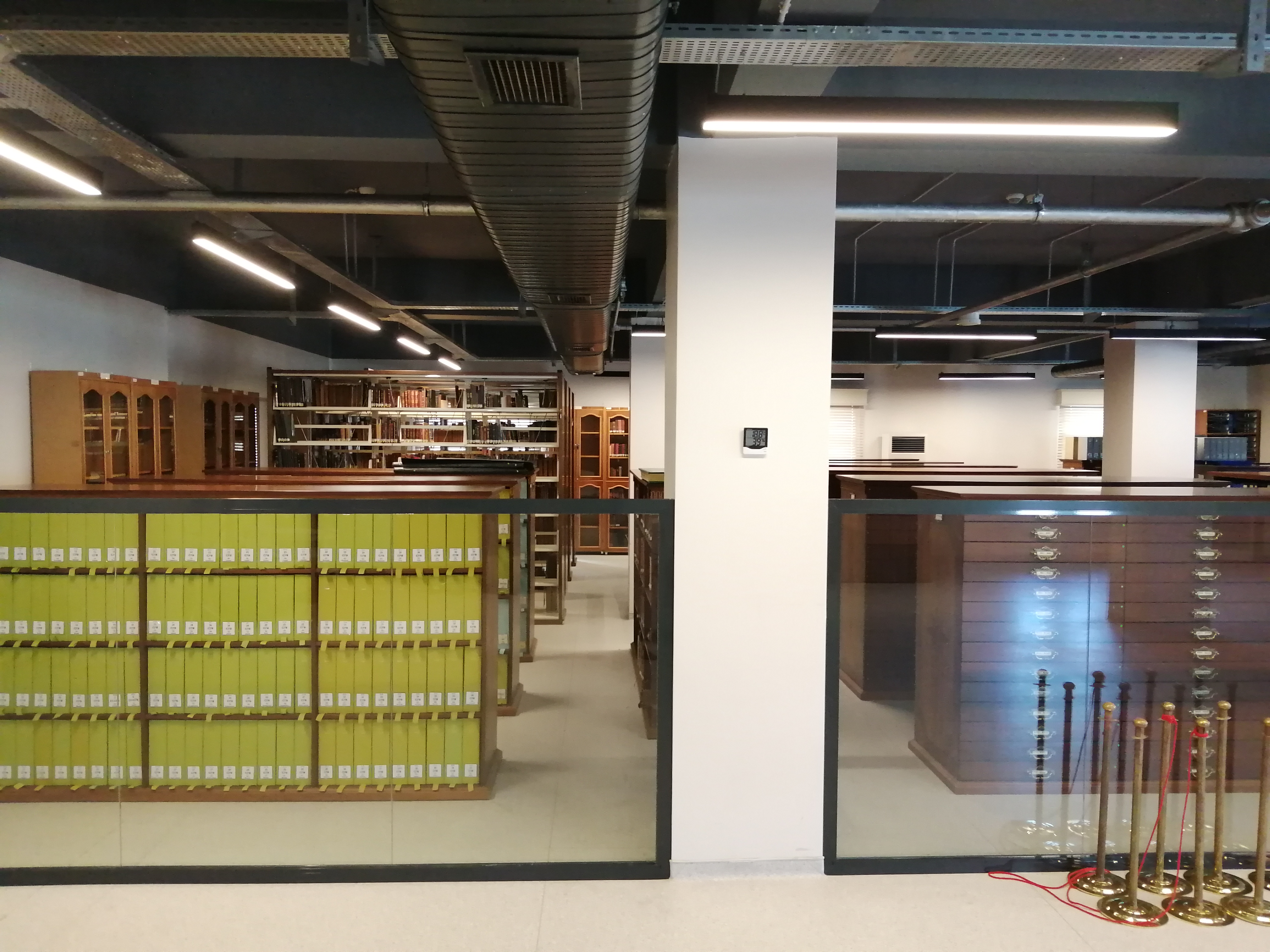
That is why we have been deprived of the opportunity to access accurate information and documents about the dark points in the revolutionary and interwar periods of the history of the North Caucasus for many years. During this period, we were able to study some of the documents related to the referred period of Caucasus, especially from the archive of the Democratic Republic of Georgia at Harvard University in the USA, and from various French archives in Paris, where Caucasian political migration found an asylum for many years, from the Federal Archives of Switzerland, where Haydar Bammat lived for a long time during his immigration life, partly from the archives of Poland, which hosted the Prometheus movement for a long time, from the British National Archives, from the German Federal Archives, as well as from Turkish, Georgian and Russian archives. Even so, these documents never gave us the chance to see the big picture adequately.
The 20-year restriction imposed by Timurbulat Bammat was supposed to end in 2010. However, in those years, due to various political concerns, it was not possible to complete the classification, identification, and cataloging to make the archive accessible to the public. That's why, since such an archive existed there, I always considered the works written about that part of Caucasian history as handicapped, including my own works. When I saw the documents that we were privy to thanks to Timurbulat Bammat's wife, Marianne Bammat, and which contained a very small part of this archive, it was not difficult to guess what the tip of the iceberg, which we have not yet seen, might look like. Since 2010, I have made a futile effort to get access by applying to IRCICA at various intervals. Until I met with the Director General, Prof. Dr. Mahmud Erol Kılıç last year (February 2023), I was not able to obtain any positive results from my attempts. After a very productive meeting with Prof. Dr. Mahmud Erol Kılıç, I guess he was convinced that I was the right person to perform this job. I started working on the classification and identification of the documents as of March 1, 2023. From March to October 2023, I reviewed more than 30 thousand documents with approximately 3,400-odd file contents and completed the classification and identification works.
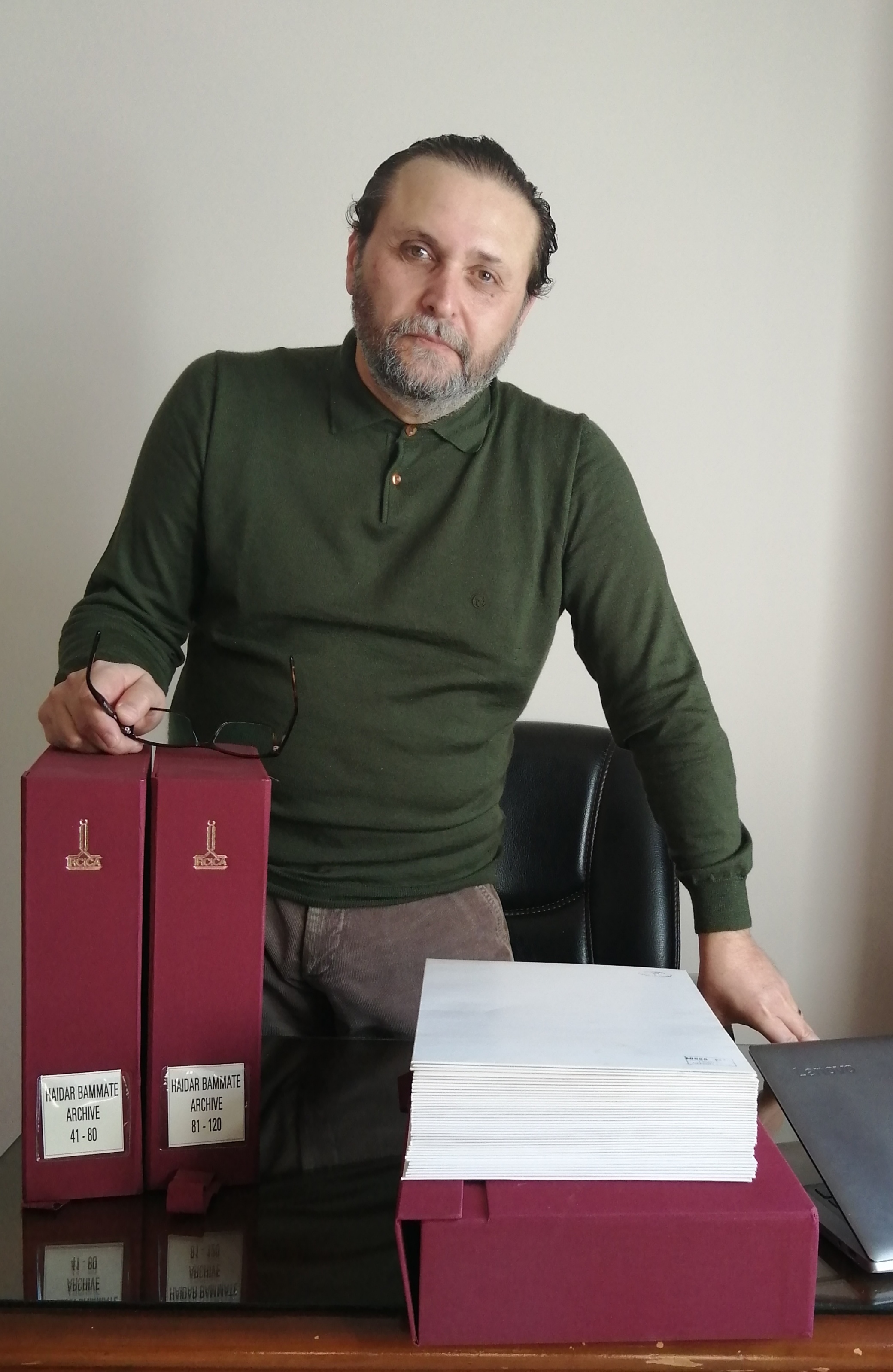
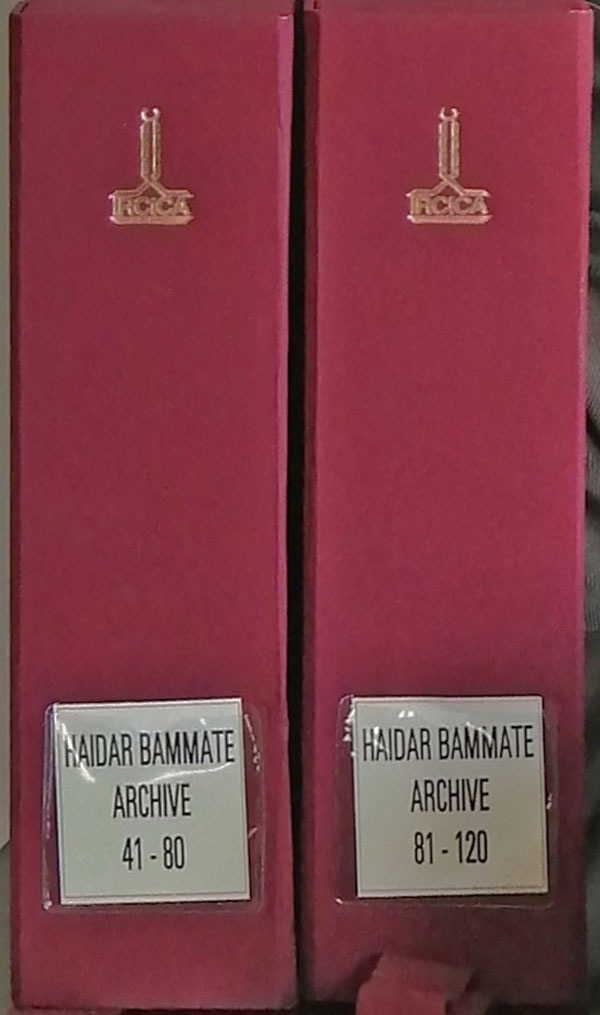
I am sure that this archive will make a great contribution to the field by clarifying the points that have been left under shade due to the negativities caused by the incomplete and biased studies of some researchers from the countries of the region in the studies on the history of the Caucasus. In addition, I recommend that researchers who have taken advantage of the inaccessibility of this archive and tried to falsify the history of the North Caucasus with ideological and racist approaches should get rid of these prejudices and examine this archive in detail. To arouse the appetite of researchers and to produce maximum benefit in a short time when the archive is made accessible, I can summarize the content of the archive as follows:
- In general, the archive consists of documents belonging to Haydar Bammat dating the years between 1917 and 1965. Although there are a few family documents from the pre-1917 period, most of the inventory is made of his private correspondence about the struggle for freedom and independence of the North Caucasus, the minutes of meetings he attended as part of his duty, and official correspondence and treaties. In addition, the articles and books on Islamic issues to which Haydar Bammat devoted his life between 1946 and 1965, and his correspondence with various stakeholders of the subject are available among the documents.
- It is possible to summarize the correspondence about the struggle for freedom and independence in the North Caucasus under five main headings.
- The first group can be dated to documents between 1917 and 1921:
- Haydar Bammat's activities in Tbilisi as the Delegation of the North Caucasus Central Committee in Transcaucasus,
- In his capacity as Minister of Foreign Affairs of the North Caucasus Government, the documents he studied during the Trabzon and Batumi Conferences and subsequently in Istanbul,
- His works in Bern and Paris on behalf of the North Caucasus Government,
- His works as Chairman of the Allied Madjlis and Chairman of the Provisional Government of the North Caucasian Mountaineers in Tbilisi for the liberation of the North Caucasus from the occupation of the White and Red Russian Armies in 1919 and later,
- The first days of political emigration in Turkey after the Bolshevik occupation in the Caucasus.
- The second group of documents consists of correspondence and minutes of meetings with Caucasian politicians and European statesmen during the émigré period in Europe between 1922 and 1934. In this section, Haydar Bammat's correspondence with Azerbaijani, Georgian, and Armenian politicians, as well as the political refugees from the North Caucasus, is of a nature to bring to light very important issues that have never been touched upon until now.
- In the third group, Haydar Bammat's correspondence with people belonging to various national émigré groups with different political tendencies, when he started to publish periodicals regularly in different languages, especially Russian, French, English, German and Turkish between 1934 and 1939, is of a nature to break many cliches.
- In the fourth group, you will come across very interesting findings that will change many wrong beliefs related to the dark years of World War II between 1939 and 1945, the correspondence of Haydar Bammat in search of anti-Soviet alliances in the name of Northern Caucasian freedom, especially with influential figures of the Axis countries and individuals belonging to different national groups of the Caucasian political emigration.
- In the fifth and last section, you will find documents related to the struggle of Haydar Bammat between 1946 and 1965 to prevent the extradition of Caucasian individuals and groups who were Soviet opponents held as prisoners of war in refugee camps to the USSR, to improve their situation and to be rescued from these camps. Although Haydar Bammat did not take an active role in the Cold War period activities of émigré groups, his communications with Caucasian political figures about the works carried out during that period, especially in Germany, are among the documents that may attract the researchers. As mentioned above, the documents related to Islamic studies to which Haydar Bammat devoted the last period of his life are also included in this group.
- The first group can be dated to documents between 1917 and 1921:
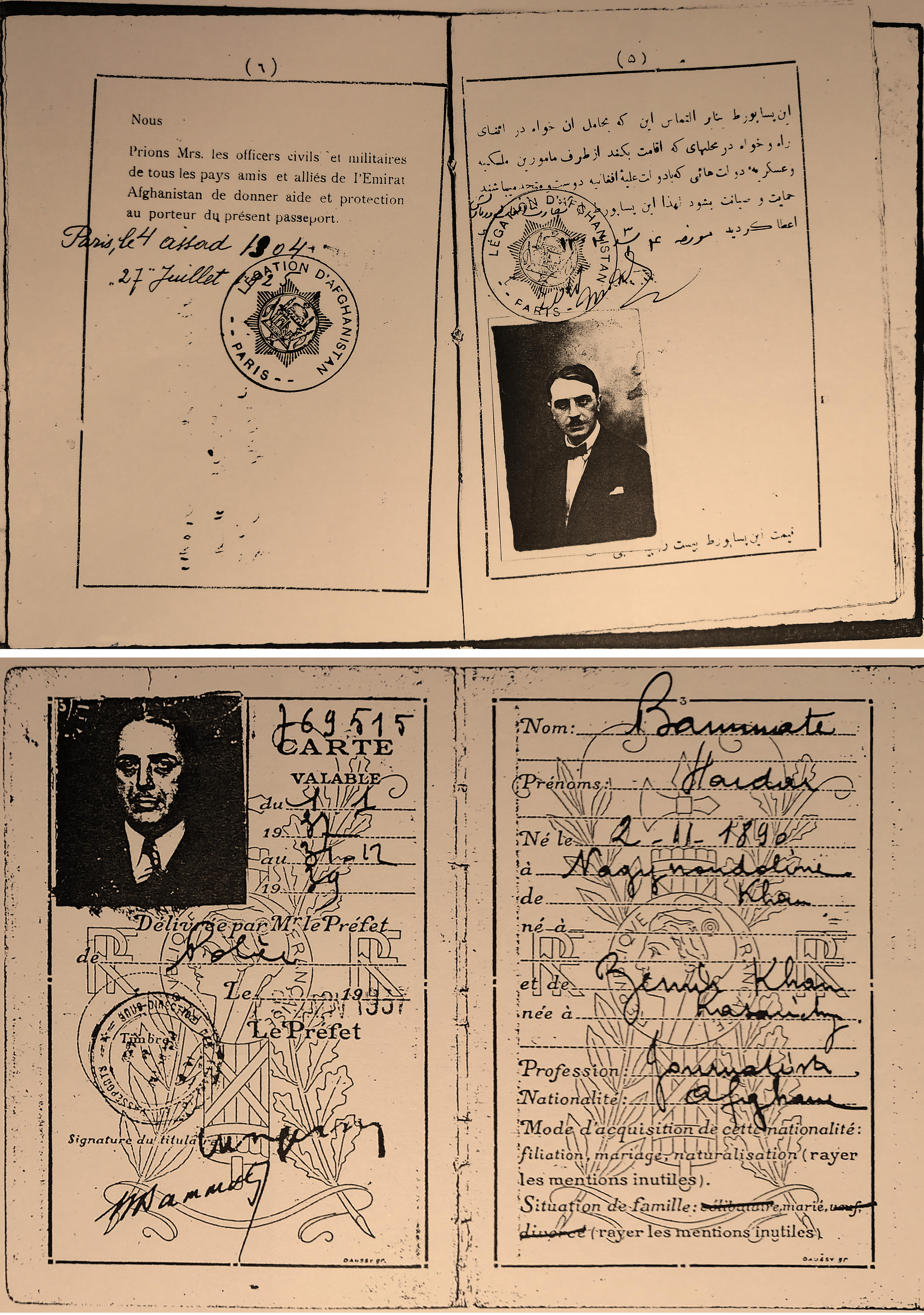
From now on, the works on the history of the Caucasus in the interwar and revolutionary period will be different...
Cem KUMUK
Istanbul, March 31, 2024
